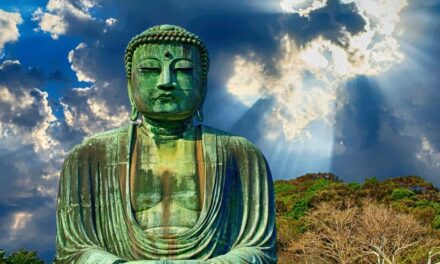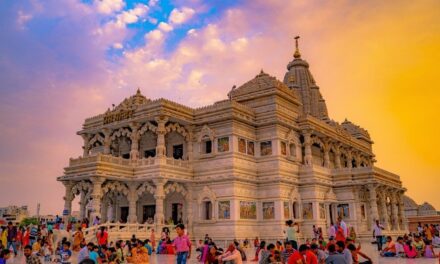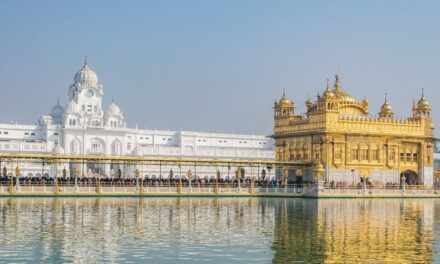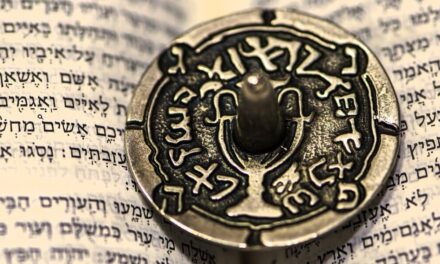Shinto is the indigenous religion of Japan, focusing on the worship of kami (spirits) and rituals that celebrate harmony with nature and tradition. It has no single founder or central scripture.
Key Beliefs
- Kami: Spiritual beings or gods that inhabit natural elements, ancestors, and significant cultural icons.
- Nature Worship: Reverence for the natural world, with belief in sacred places such as mountains, rivers, and trees.
- Purification: Rituals to cleanse oneself of impurities before approaching the kami.
- Harmony with Nature: Living in alignment with the forces of nature and the spirit world.
- Ancestor Worship: Honoring ancestors, who are believed to become kami after death.
Sacred Texts
- Kojiki (Record of Ancient Matters): A collection of myths, legends, and genealogies of the kami, providing insight into the Shinto worldview.
- Nihon Shoki (Chronicles of Japan): Another key text that chronicles the mythological and historical origins of Japan and its people.
Key Figures
- Amaterasu: The Sun Goddess and one of the most important kami in Shinto, regarded as the ancestor of the Japanese Imperial family.
- Izanagi and Izanami: The primordial kami who created the islands of Japan, central figures in Shinto creation myths.
- Inari: The kami of rice, fertility, and prosperity, often associated with foxes.
Major Practices
- Rituals and Offerings: Presenting offerings such as rice, sake, or money at shrines to honor the kami.
- Purification (Misogi): Washing hands, rinsing the mouth, and other practices to remove impurities.
- Festivals (Matsuri): Seasonal celebrations held at Shinto shrines, involving processions, music, and offerings to the kami.
- Torii Gates: Large, symbolic gates found at Shinto shrines, marking the entrance to a sacred space.
Places of Worship
- Shrines (Jinja): Sacred spaces dedicated to specific kami, where people come to offer prayers and participate in rituals.
- Ise Grand Shrine: The most important Shinto shrine, dedicated to Amaterasu, located in the city of Ise, Japan.
- Meiji Shrine: A major shrine in Tokyo, dedicated to Emperor Meiji and his consort, symbolizing modern Shinto practices.
Symbols
- Torii Gate: A symbol of Shinto that marks the boundary between the physical and spiritual worlds.
- Shimenawa: Sacred ropes used in rituals, often seen around trees or rocks that are believed to house kami.
- Kagura Dance: Traditional dance performed at Shinto festivals to honor the kami.
Holidays and Festivals
- New Year (Shogatsu): The most important Shinto festival, involving visits to shrines for blessings.
- Obon: A festival for honoring deceased ancestors, similar to ancestor worship traditions.
- Spring and Autumn Festivals: Celebrations marking the changing seasons and giving thanks to the kami for harvest and prosperity.
- Shichi-Go-San: A rite of passage festival for children aged 3, 5, and 7, where they receive blessings for a healthy and prosperous future.
Core Concepts
- Makoto (Sincerity): Acting with a pure heart and sincere intentions in interactions with both people and the kami.
- Purity and Cleanliness: Maintaining physical and spiritual cleanliness as essential for communing with the kami.
- Matsuri: Community festivals that bring people together to celebrate, honor, and receive blessings from the kami.
The Shinto Way of Life
- Reverence for Nature: Seeing the divine in natural elements and seeking harmony with the environment.
- Daily Offerings: Offering food or prayers to the kami at home or shrines.
- Respect for Traditions: Following ancient customs and honoring ancestral practices.





